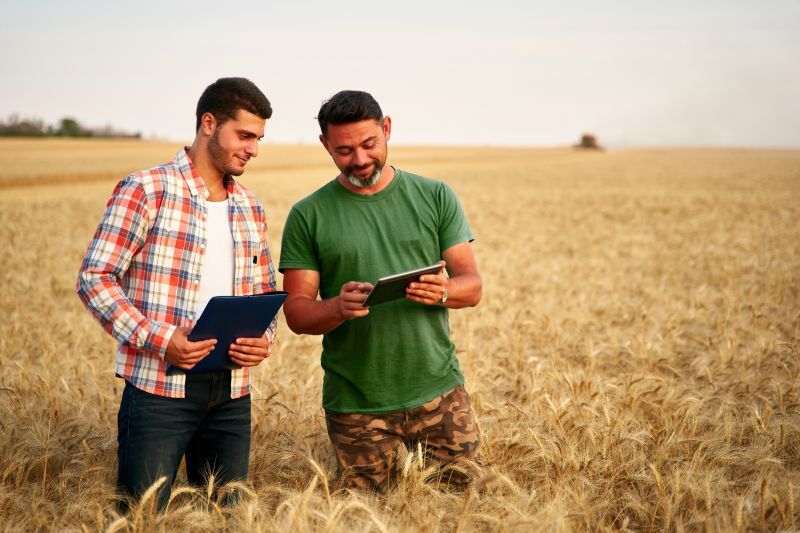
As the world moves towards Industry 4.0, so does the agriculture world. Farmers are becoming more technological with how they grow and sustain their crops, and many are turning to precision farming to be able to produce more crops which can be properly maintained. As a greater number of farmers are seeing great results by using this method, it is clear that this advanced method of farming will take over the agriculture industry in the coming years.
What is Precision Agriculture?
Precision farming is a method where you use a management system to input every detail you apply to your farm (ex. how much soil is being used in a particular area, how often you water a specific crop etc.), which is then used to make more informed decisions in the future. So in short terms, precision agriculture is a greater level of farm management which yields increased productivity, sustainability, and can help you produce more crops while increasing your harvesting rate.
Precision Farming Software Market
The software market for precision agriculture was valued at $993.24 million in 2019, and is expected to have a CAGR of 16.7% from 2020 to 2025. These stats indicate that precision farming is one of the fastest growing trends in agriculture.
Precision Technology in Agriculture
On the more technological side, there are a number of tools that can be integrated with precision agriculture practices. Let’s go over the top three tools being used by farmers.
- Global Positioning System (GPS): No, a GPS is not just used for you to navigate through a new area. Farmers need them too! A good GPS system allows farmers to easily locate their crops. GPS also allows for farmers to collect soil samples, map out weed locations, determine what areas of their farm can be harvested, and a lot more.
- Automation: As artificial intelligence (AI) continues to replace human workers with robots, the agriculture world is experiencing the same shift. Automation is quickly taking over farms to handle mundane tasks such as spraying, seeding, harvesting, and packing.
- Sensor-based technology: Sensors are being implemented in farms to determine what actions should be taken based on weather patterns, temperature, pH etc. These further actions can be done either manually or with automation, depending on how technological your farm is.
You can read about more farming technologies here.
Where to Start?
Now that you have learned a little bit more about precision agriculture, one of the most important questions may come to your head. How do I implement it, and how easy is it to do so? The answer we have for you is: it depends. It all comes down to which software company you partner with, and how their reputation is.
Our employees at Sunvera Software have 30+ years of software development experience and have worked with numerous agricultural clients in the past, helping farmers increase their crop production while lowering their farm management and operation costs.
Sunvera can help you implement the right software solution for your business while helping you reduce costs and improve operational efficiency. Contact us for a FREE 2-hour consultation.

